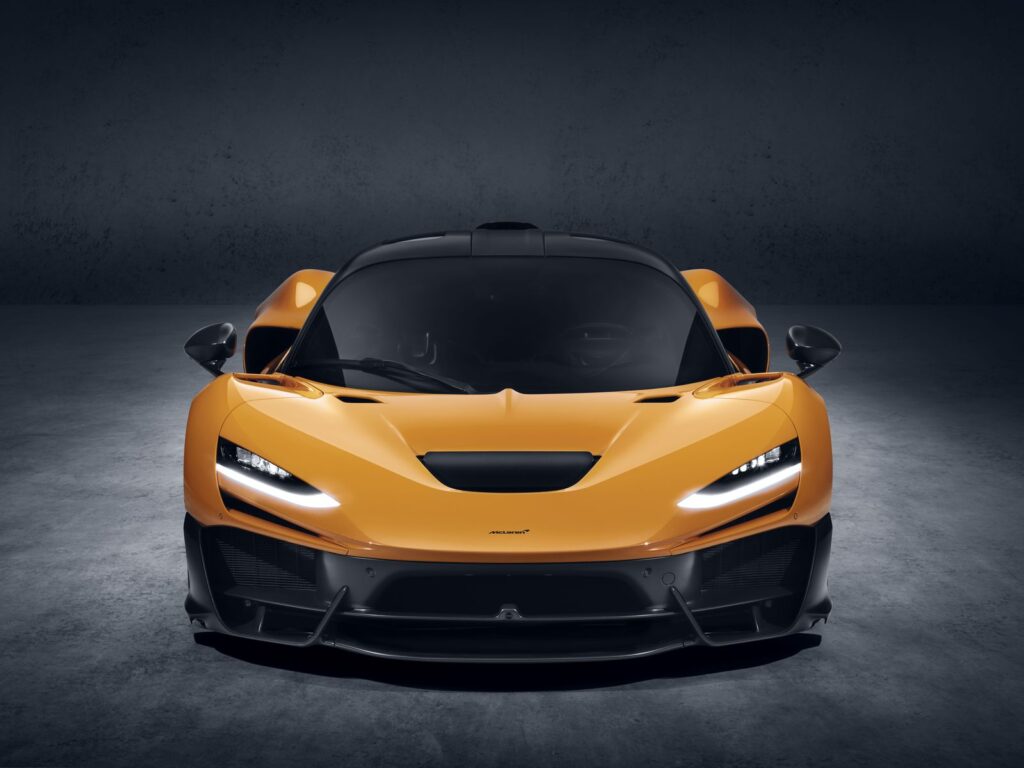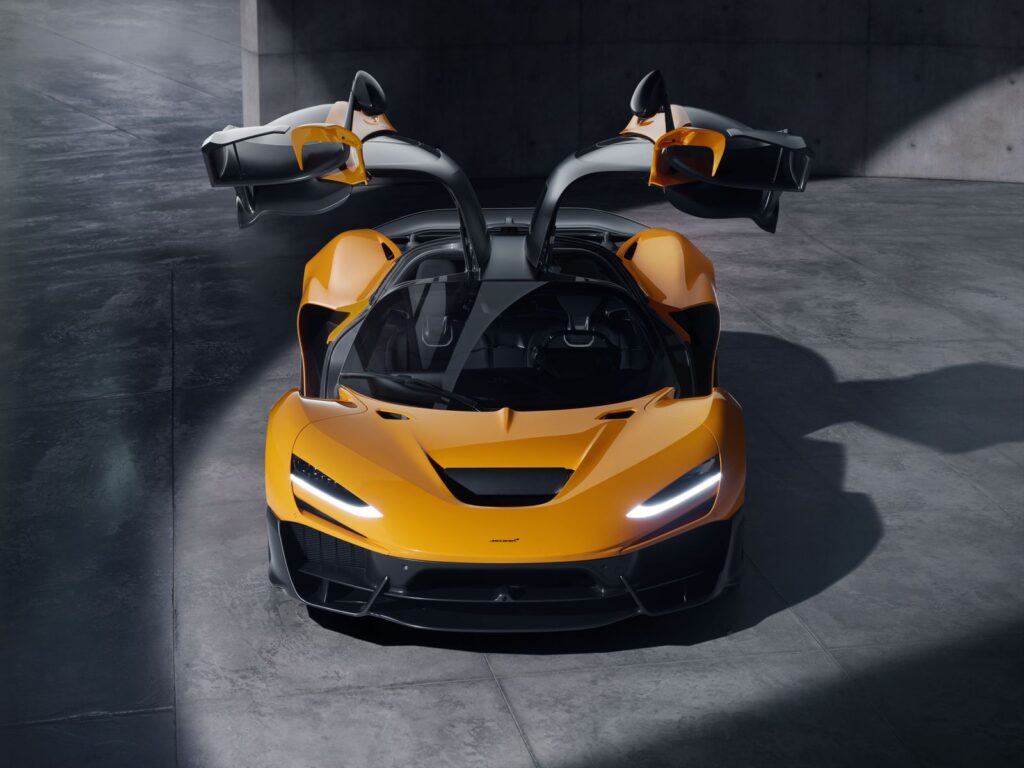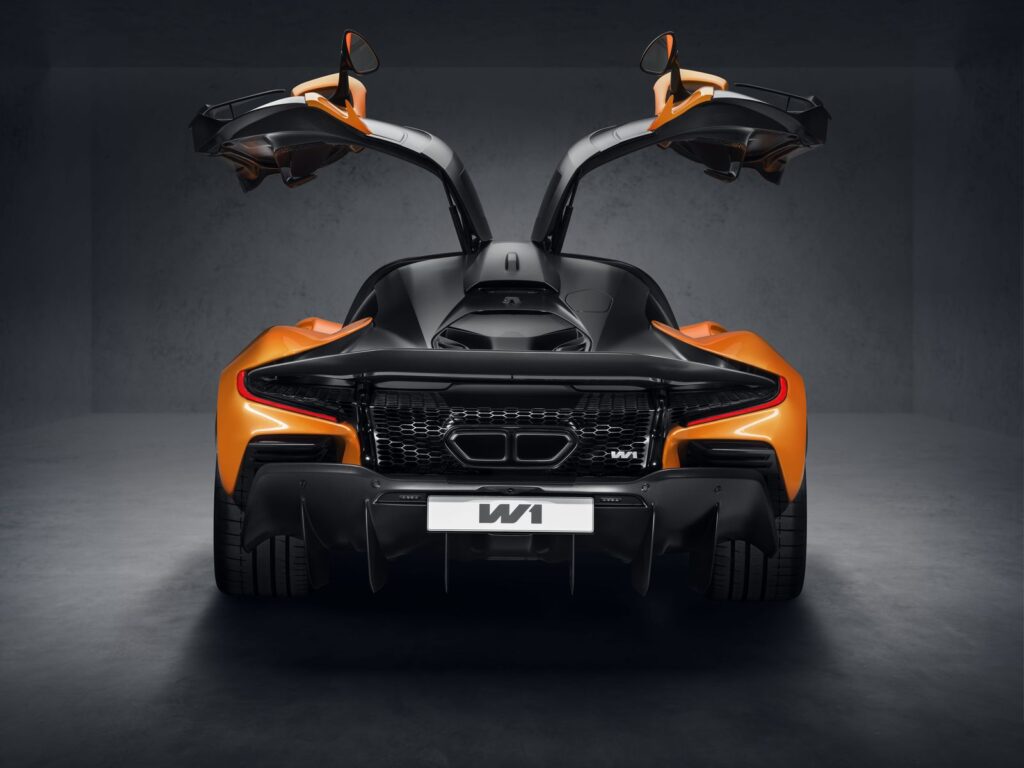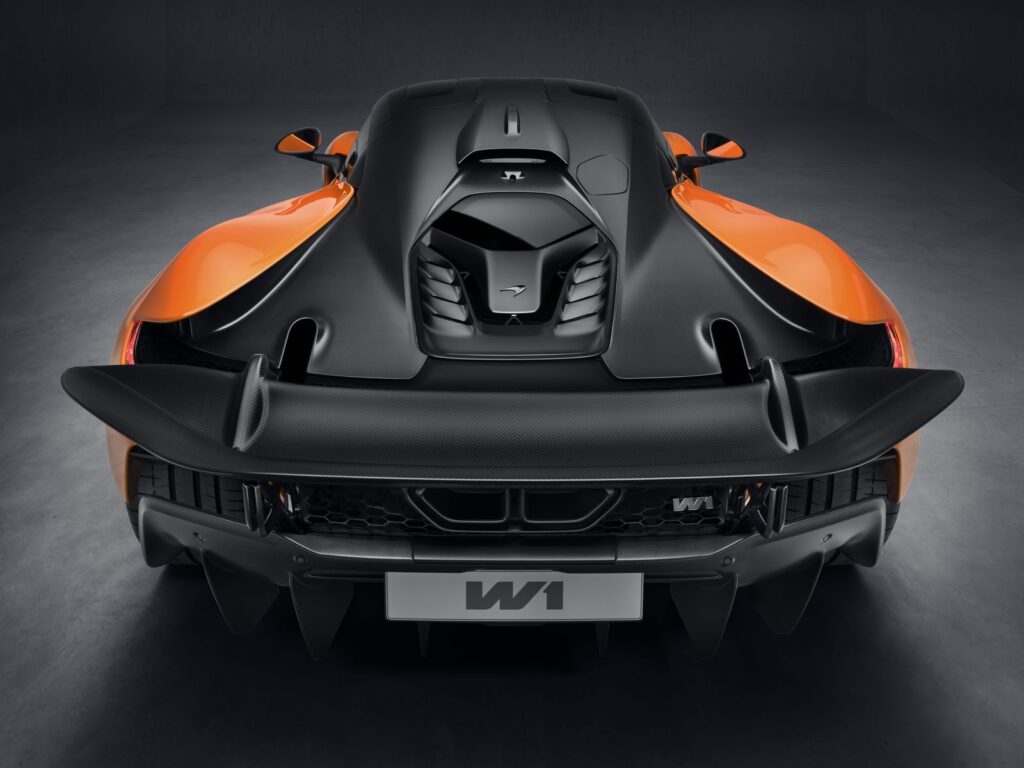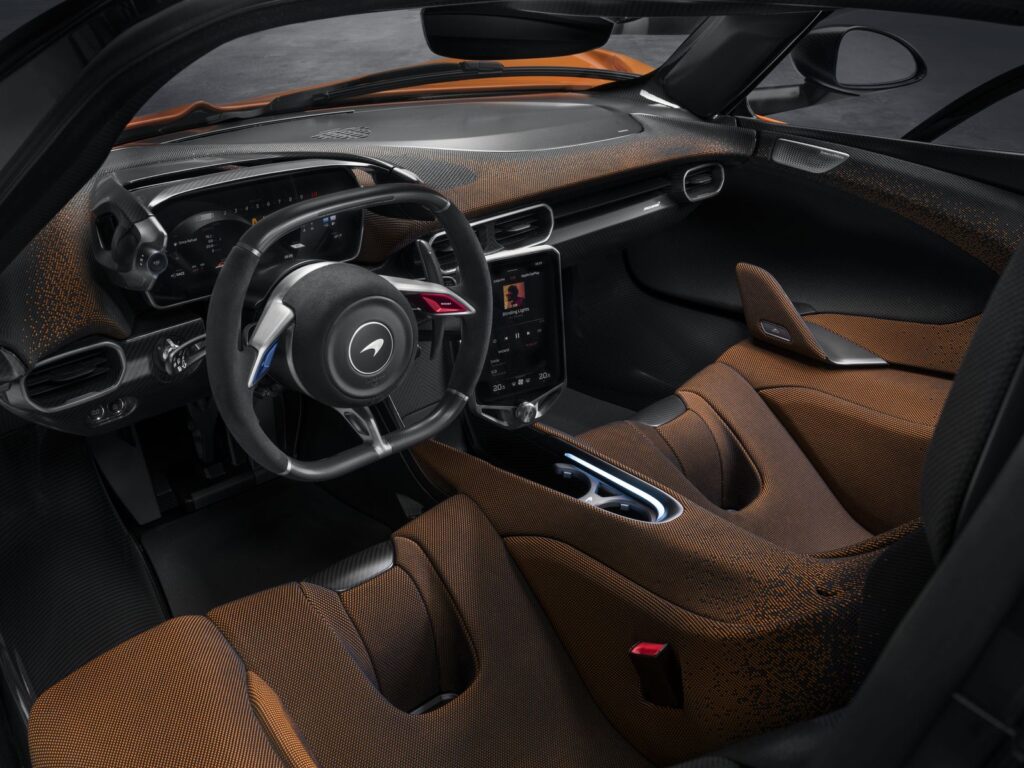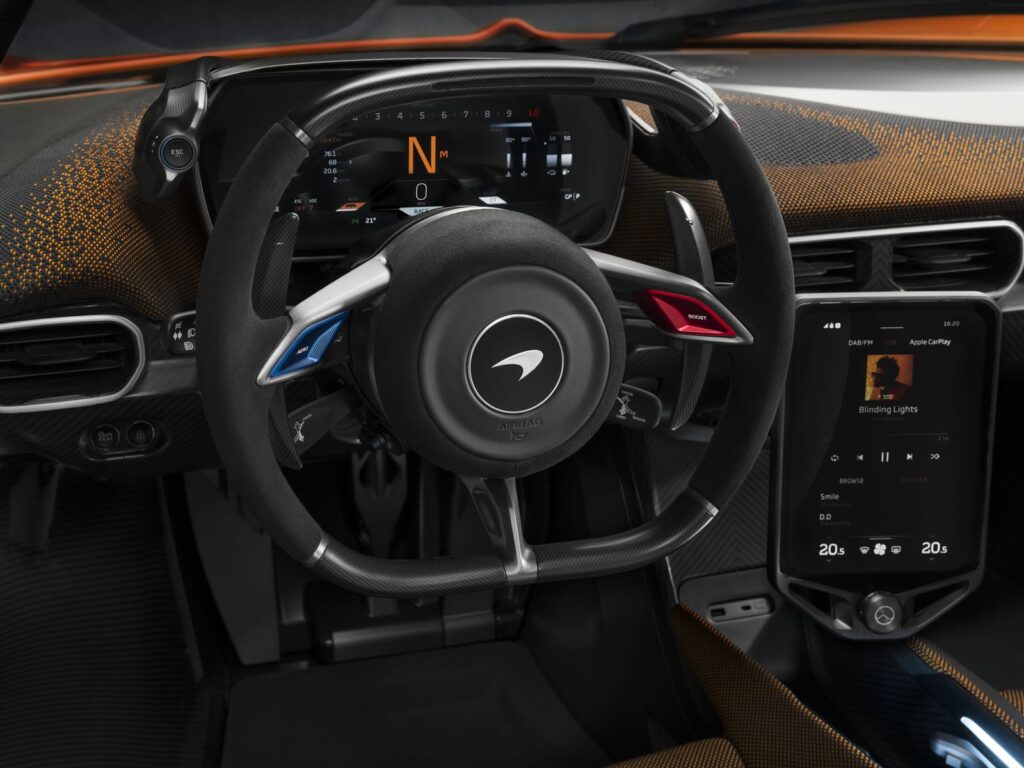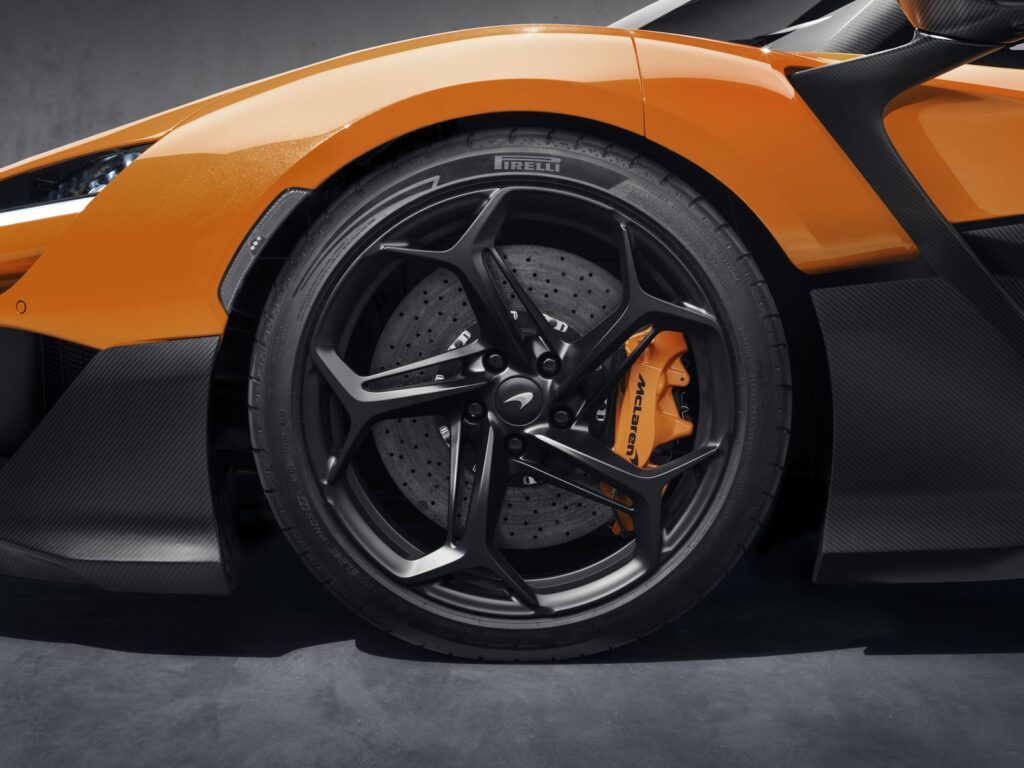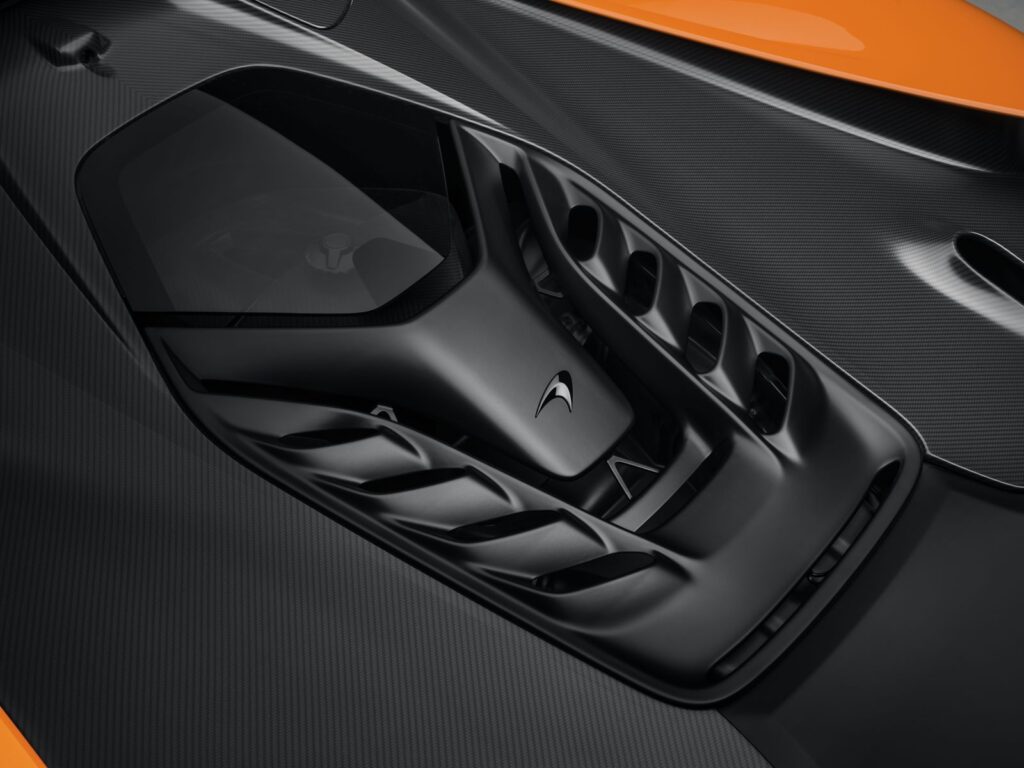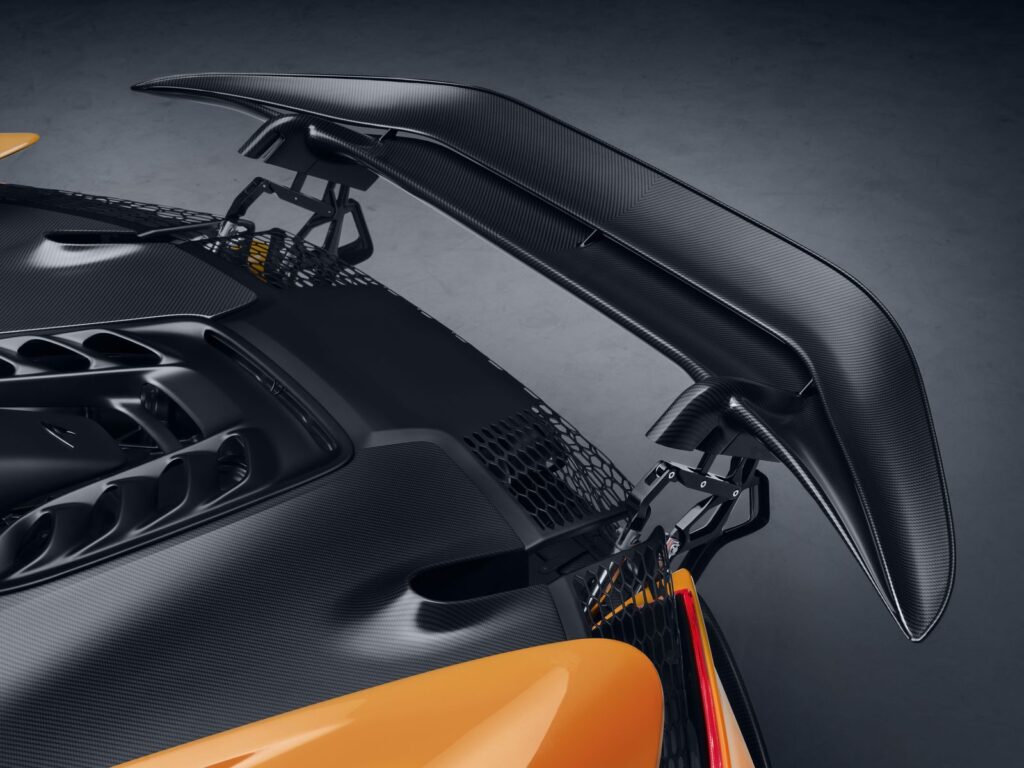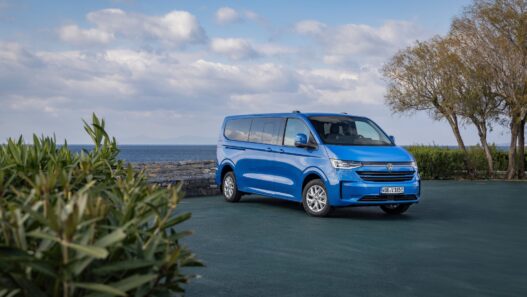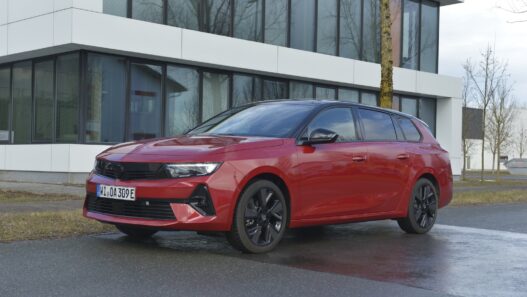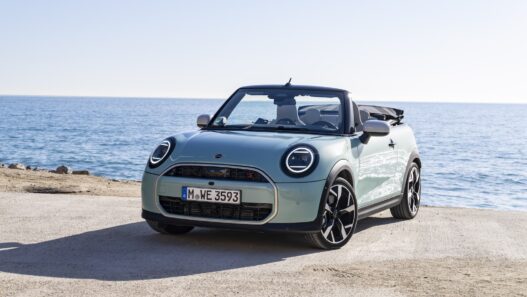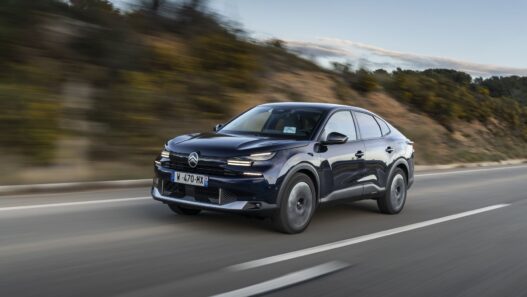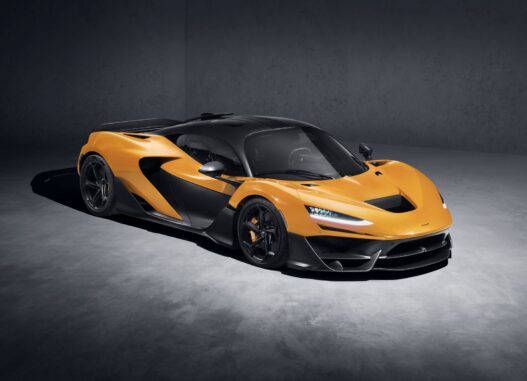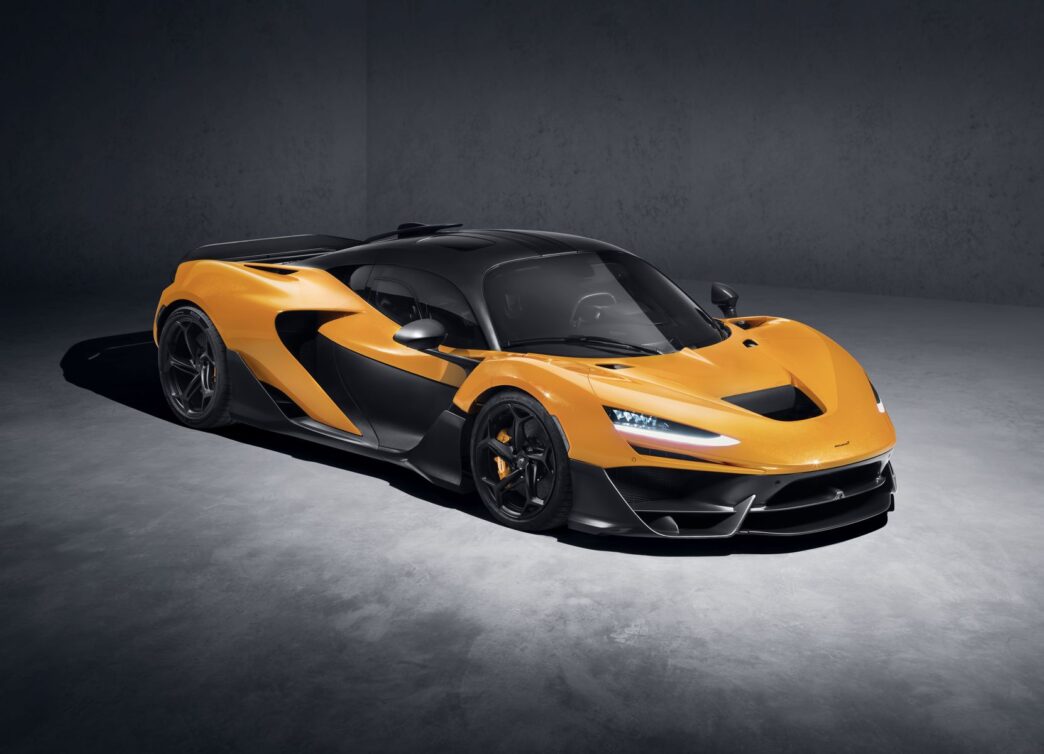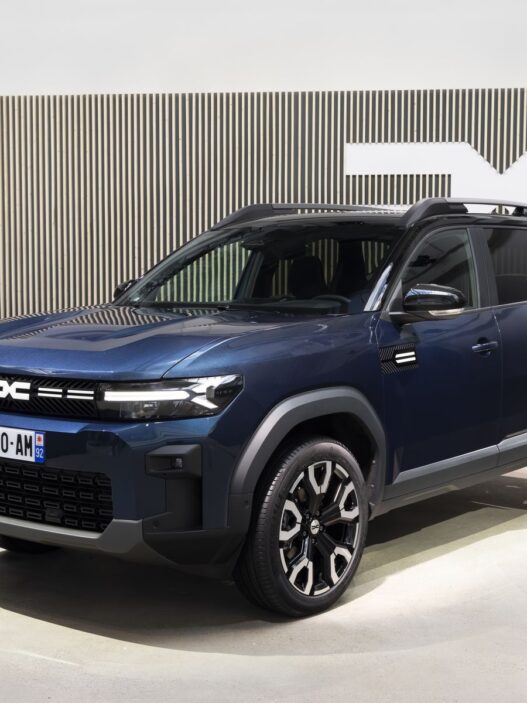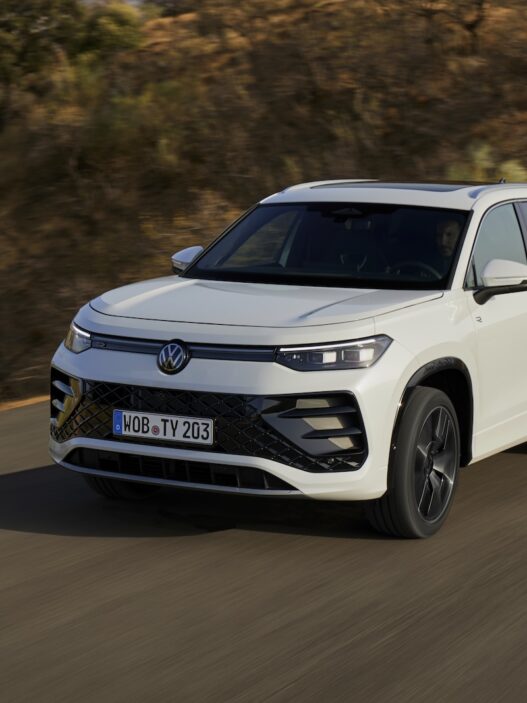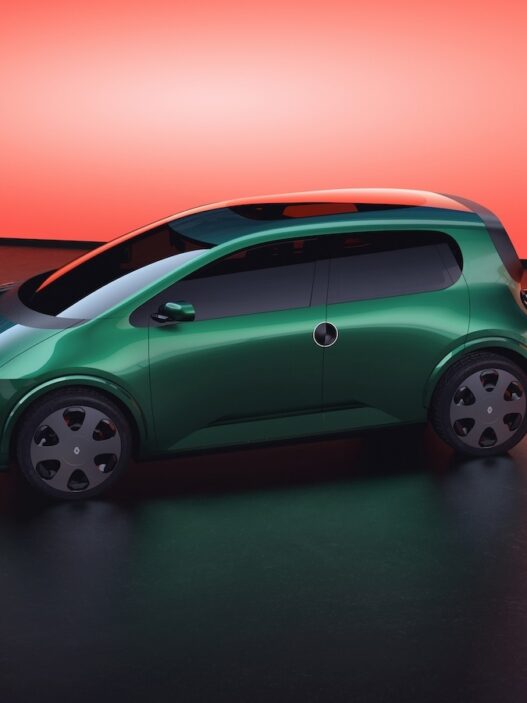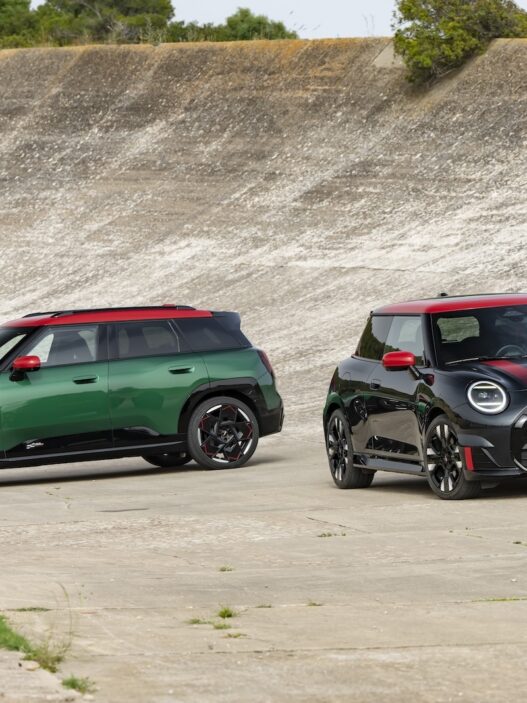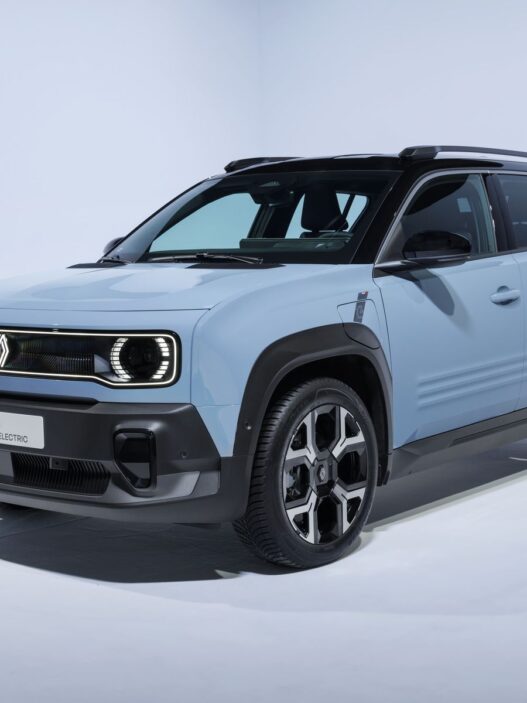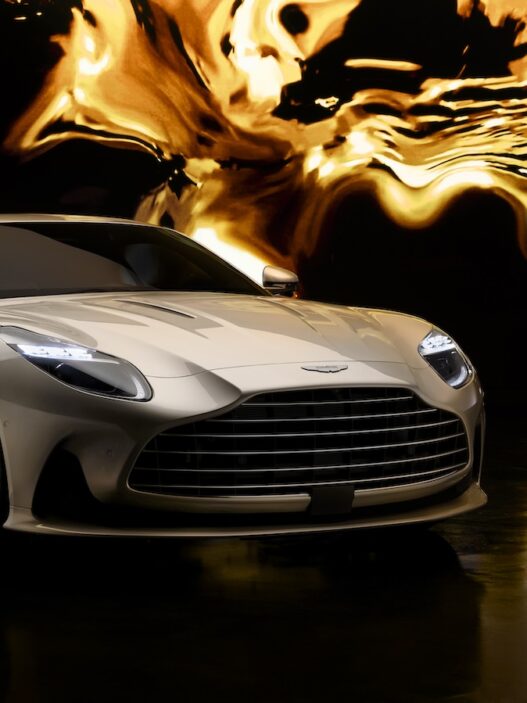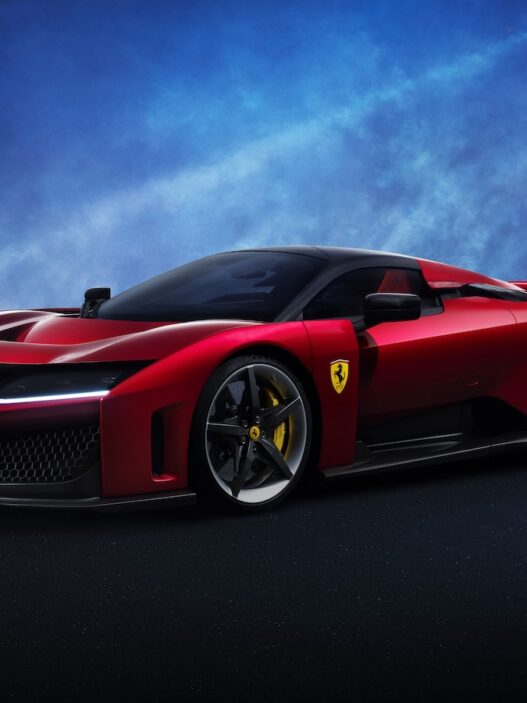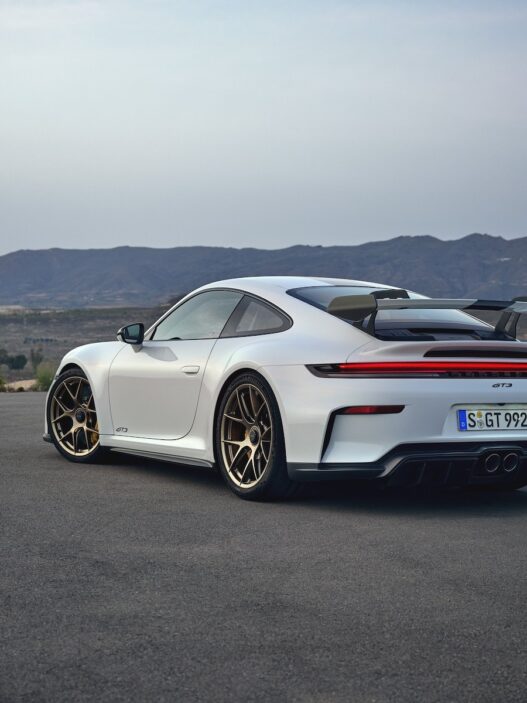With the McLaren W1, a new era begins for the British automaker. This hypercar boasts a completely new twin-turbo V8 engine paired with a hybrid system, delivering a jaw-dropping 938 kW (1,275 PS) of power. Its advanced active aerodynamics make it the fastest McLaren ever built for the road. But there’s just one catch.
You’re parched and lost, wandering through the desert, when suddenly an oasis appears on the horizon. You rush toward the promise of cool, refreshing water – only to discover it’s a mirage. The McLaren W1 is much like that: a hypercar with an absurd 1,275 PS and 1,340 Nm of torque that rockets from 0 to 200 km/h in a blistering 5.8 seconds, and reaches an electronically limited top speed of 350 km/h. Even the legendary McLaren Senna pales in comparison. The price tag? Around 2.2 million euros. Only 399 units will be built, and they’re already sold out. No matter how much you might dream of owning one, the W1 remains elusive – like a mirage, only faster.
Why Write About an Unobtainable Car?
Why bother talking about a car that’s already out of reach? Because it represents a glimpse into McLaren’s future, showcasing where the brand is heading. Starting with the design, the W1’s front end departs significantly from current McLaren models. It’s a welcome change, as the 750 S and hybrid Artura, while great to drive, all look a bit too similar. The W1 brings fresh, distinctive styling, especially at the rear—but more on that later.
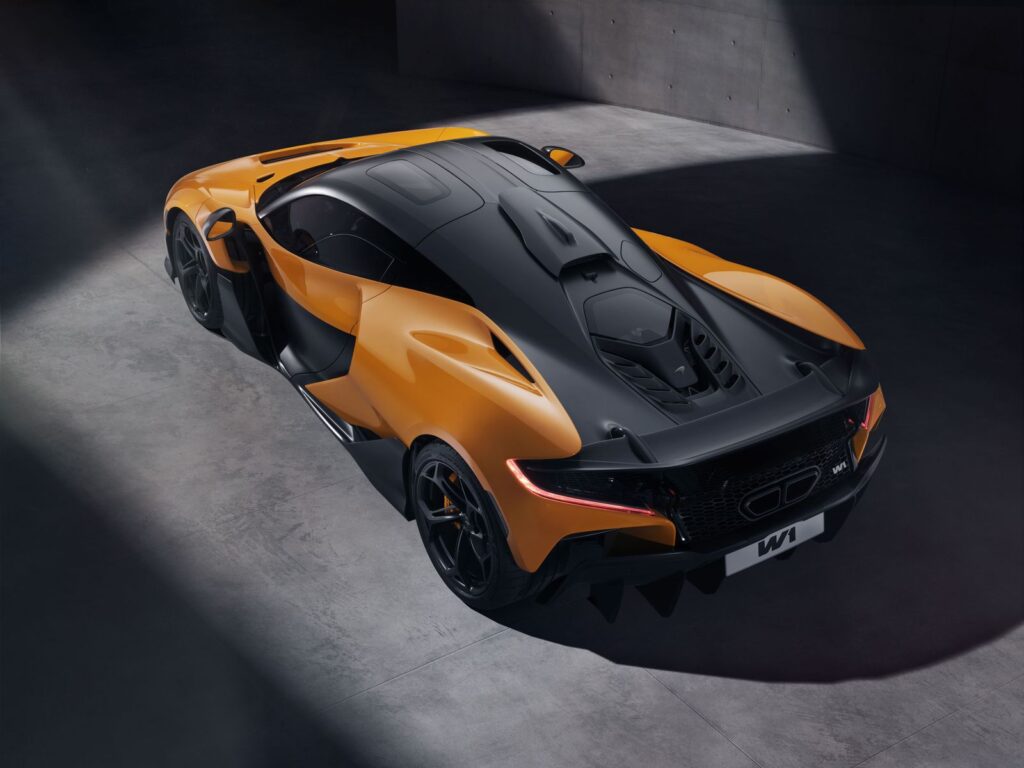
The heart of any McLaren is its engine, and the W1 is no different. While the number of cylinders remains the same at eight, this V8 is completely new. It’s 39 millimeters shorter (with a bore of 92 mm and stroke of 75 mm) and features larger twin-scroll turbochargers. The internal combustion engine alone produces 683 kW (928 PS) and 900 Nm of torque, with a redline of 9,200 RPM, giving high-revving enthusiasts plenty to celebrate.
Hybrid Power for a New Era
Adding to this powerhouse is a hybrid system with an electric motor mounted beside the eight-speed transmission, generating an additional 255 kW (347 PS) and 440 Nm of torque. Together, this makes the W1 seriously fast. The battery capacity is 1.384 kWh, offering just two kilometers of pure electric driving – perfect for sneaking away silently in the morning or evening, as McLaren technician Mark Gayton jokingly notes.
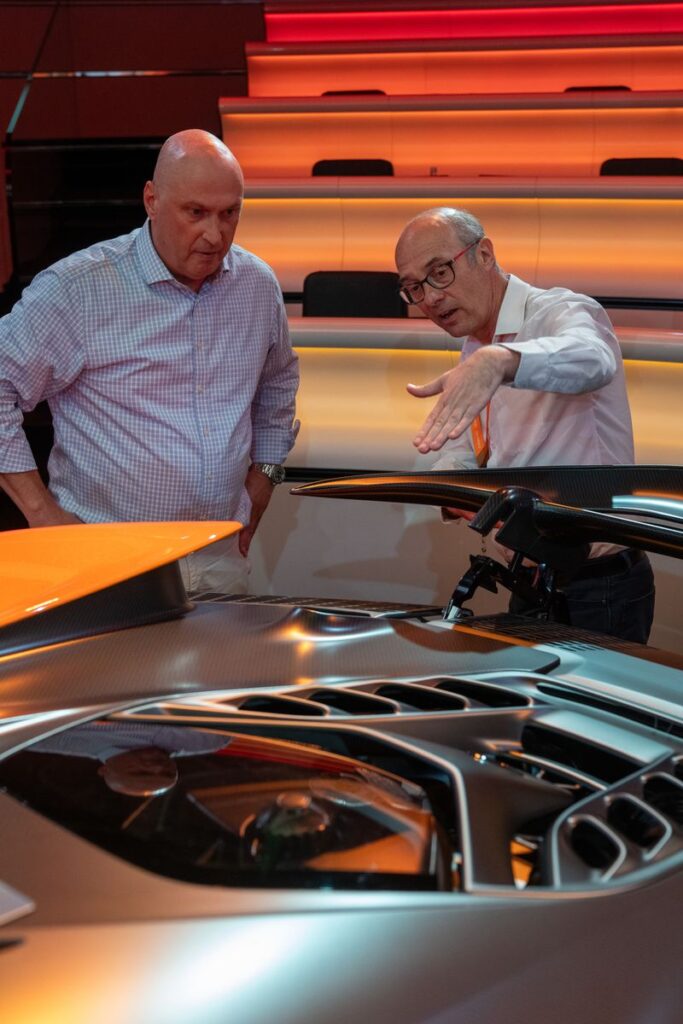
But the real role of this Formula 1-inspired energy storage is to provide power as quickly as possible. Thanks to its 800-volt system, the battery recharges in a flash, using the electric motor as a generator for regenerative braking. All in, the W1’s hybrid and V8 systems combine to produce 938 kW (1,275 PS) and 1,275 Nm of torque. Remarkably, the W1 weighs just 1,399 kilograms.
Harnessing All That Power
How does all this power hit the road, especially with rear-wheel drive instead of the easier-to-control all-wheel setup? Enter the W1’s rear end and its finely-tuned active aerodynamics. The car’s design clearly screams aerodynamics, having spent 350 hours in the wind tunnel. Drawing from Formula 1’s „ground effect,“ McLaren’s engineers crafted the W1 to be sucked down onto the asphalt by accelerating airflow under the car. The goal? Maximize downforce while minimizing drag. To achieve this, even the engine is tilted three millimeters for optimal interaction with the rear diffuser.
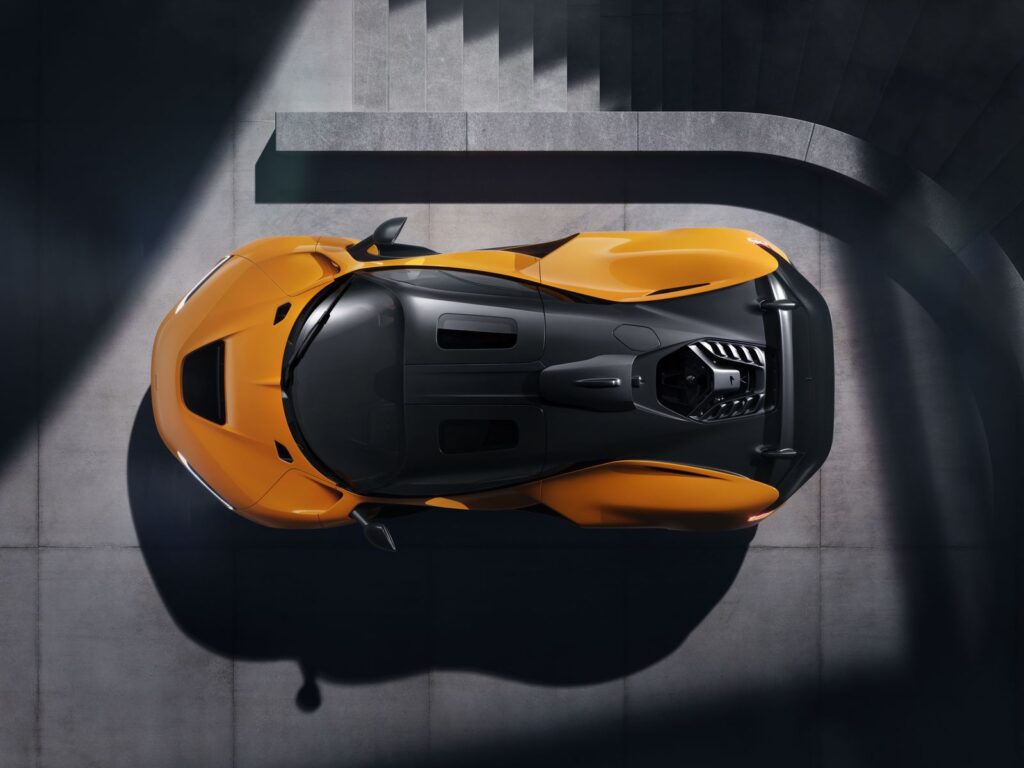
The W1 isn’t just built for straight-line speed; it’s designed to excel in corners too. Its active aerodynamics include a movable front lip and an adjustable rear spoiler that extends up to 30 centimeters, effectively turning the W1 into a longtail racer. The result? An astounding 1,000 kilograms of downforce. The rear wing is maneuvered by four electric motors (two on each side) that adjust its position in real-time, depending on whether you need maximum speed with the spoiler flat (in DRS mode) or a steep angle for air braking. But it’s not just about extremes; precision control comes into play during cornering and transitions between braking and acceleration.
Driving Modes Tailored for every Need
McLaren’s engineering finesse extends to the driving modes. “The car must feel consistent in every condition. That’s the only way to stay fast,” says Gayton. The W1’s modes, similar to those found in race cars, are all about maximizing performance.
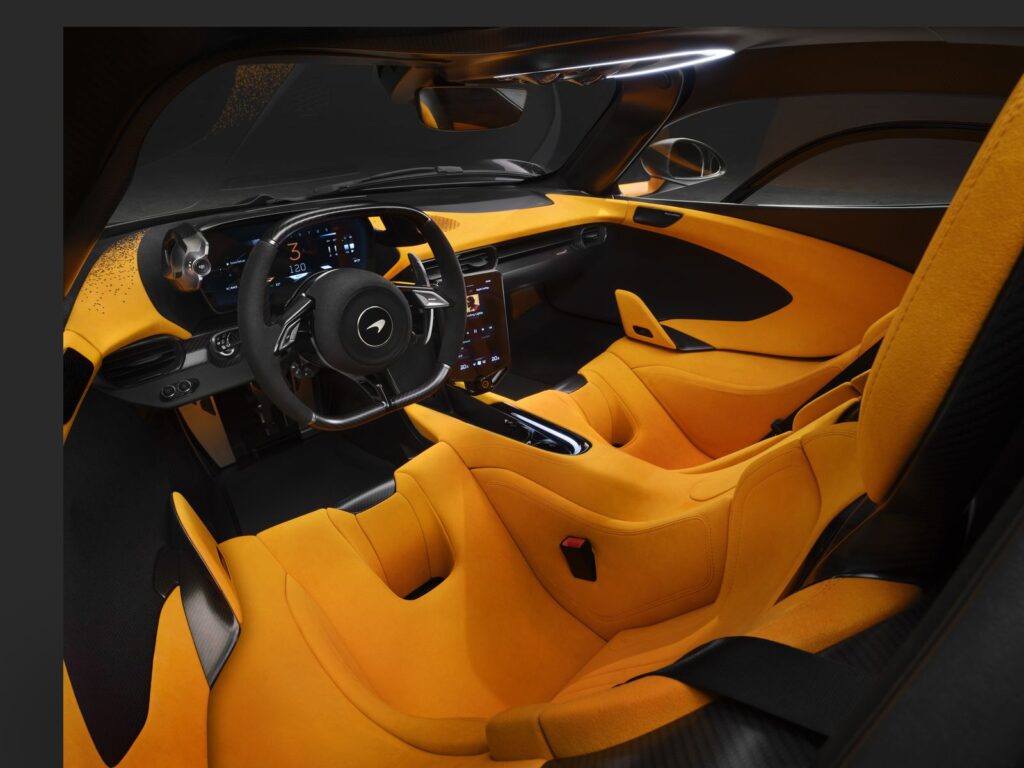
In Grand Prix mode, the battery always retains some charge to maintain consistent speed over a race distance. Sprint mode is engineered to extract every ounce of power during a qualifying lap. McLaren tested and tuned the W1 at various tracks, including the demanding curves of Nardo, to ensure optimal energy delivery for setting record times.
Race-Mode: Hugging the Asphalt
Switch to Race mode, and the W1 drops even closer to the ground – by 37 millimeters in the front and 17 millimeters at the rear – generating the full ton of downforce: 350 kg at the front and 650 kg at the rear. The suspension is tuned to handle uneven surfaces, but for perfectly smooth asphalt, Race+ mode unleashes the W1’s full potential. But McLaren hasn’t forgotten about day-to-day driving, offering a Street mode for more comfortable cruising. The adaptive suspension, McLaren Race Active Chassis Control III, includes titanium components and parts 3D-printed for added precision and weight savings. “You couldn’t drive the Senna around the Nürburgring’s Karussell. It would hop. The W1 can handle it,” Gayton proudly notes.
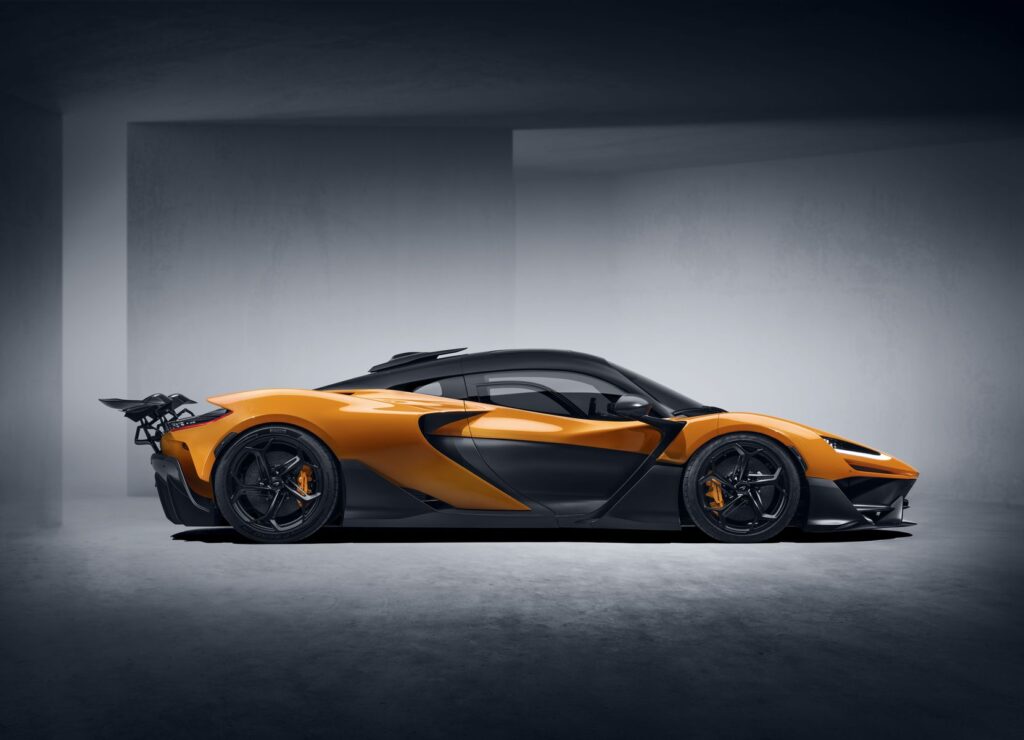
As with every McLaren, the driver can adjust the suspension and powertrain settings independently. But the lucky owners of this engineering masterpiece will have to wait until the second quarter of 2026 before they can experience the McLaren W1 for themselves.
Technical Data: McLaren W1
- Engine: Twin-turbo V8 with hybrid motor
- Displacement: 3,994 ccm
- Power: 938 kW / 1,275 PS
- Max. torque: 1,340 Nm
- Top speed: 350 km/h (electronically limited)
- 0-100 km/h: Not specified
- 0-200 km/h: 5.8 seconds
- Transmission: Eight-speed automatic
- Drive: Rear-wheel
- Weight: 1,399 kg
- Price: 2.2 million euros (sold out)
